Sony A77II real life day 1
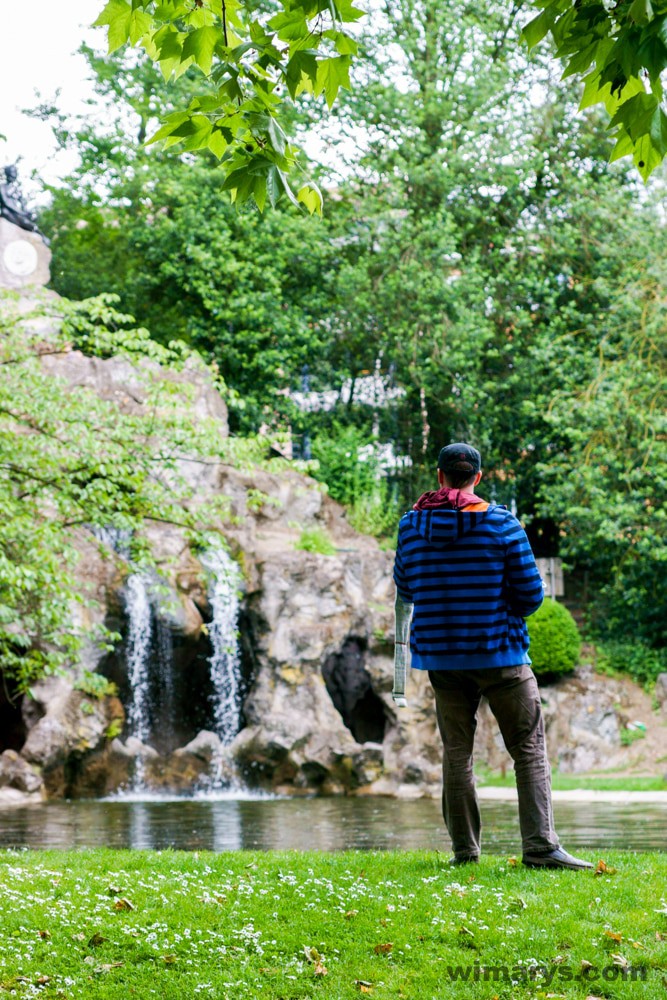
ISO 320
Introduction
After my ISO test yesterday, I’ve been out shooting today with the Sony A77II. I used the SAL2470Z and SAL70300G. First thing that annoyed me was that ISO goes up to 3200 in auto mode and that you can’t change it (except manually changing it all the time, that kind of defeats the purpose). I honestly don’t know why they would do this, except to impress potential buyers with a speed demo. It should be set to a max of 1600 at most.This is a significant problem when shooting RAW, less for JPG shooters with in-body noise reduction.

ISO 1600
The Sony A77II autofocus is very fast, up there with Canon and Nikon in the same price range, and even better at follow focusing. I did have some problems with the SAL70300G where the camera would lock-up at the far end, and refused to take any pictures. Then suddenly changed to a very high ISO and worked again. I had to remove the battery to fully reset it. Don’t know what that is all about, will do some more tests tomorrow.
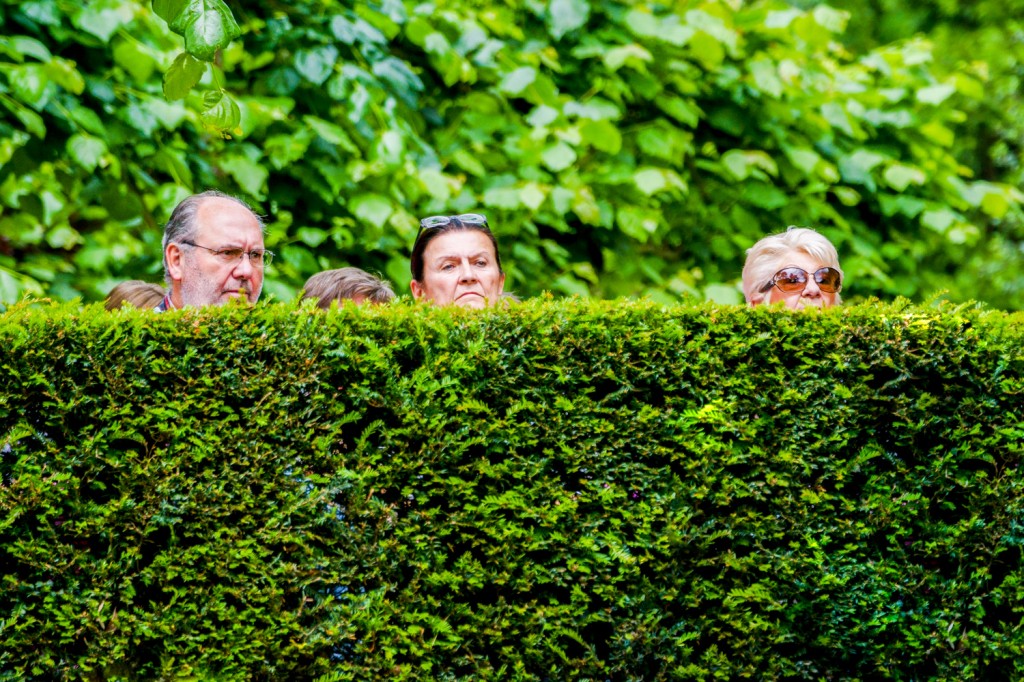
ISO 640
The sensor captures light beautifully, and you can get excellent, crisp images if you stay under ISO 800. This is normal for an APS-C sensor, although I think the Sony A6000 does perform just a bit better quality wise. And it costs 50% less.. But it’s an E-mount… Sony is not making it easy for us buyers!
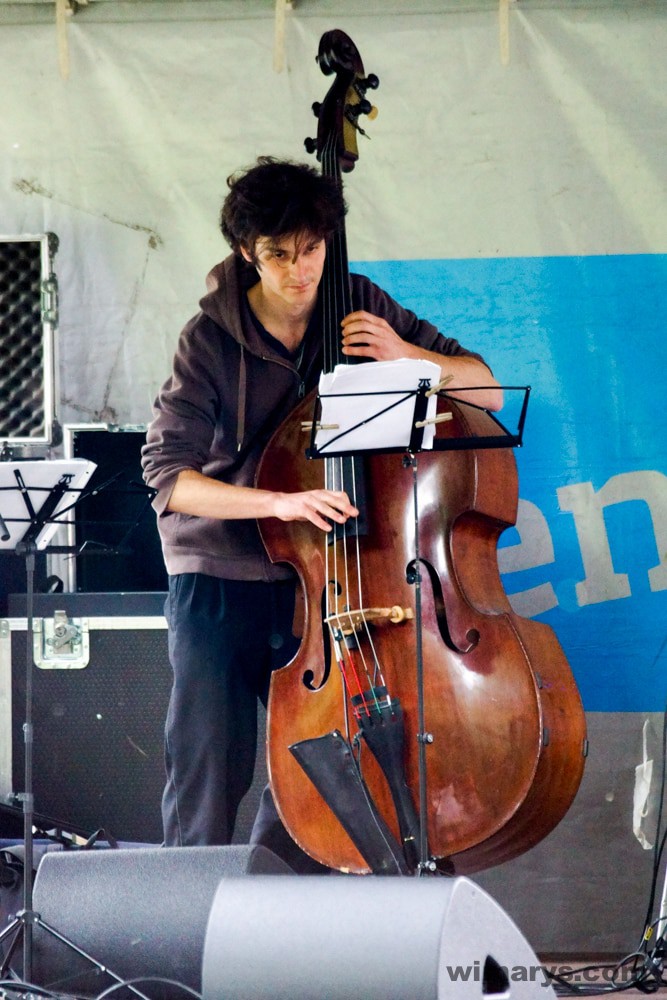
ISO 3200
I’m pretty sure the family snapshot type photographer would be happy with the Sony Alpha A77M2. It’s easy, speedy, renders nice images and is very comfortable in-hand. I don’t know about anyone who likes to do a lot of RAW processing though. If you compare it to the similar priced Sony A7, the RAWs are a disappointment. I know, that is a full frame camera yes, and the AF is not as good, but still usable in most situations. I’ll have to do a low light with the Sony A77II, and a comparison of the A6000 and A7!

ISO 1250

ISO 2500

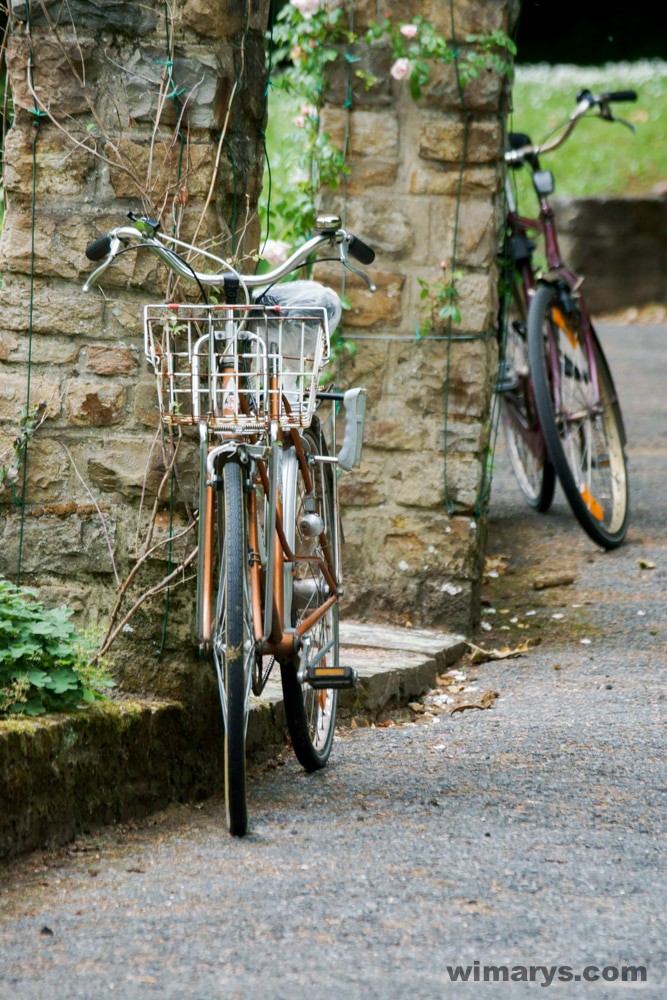

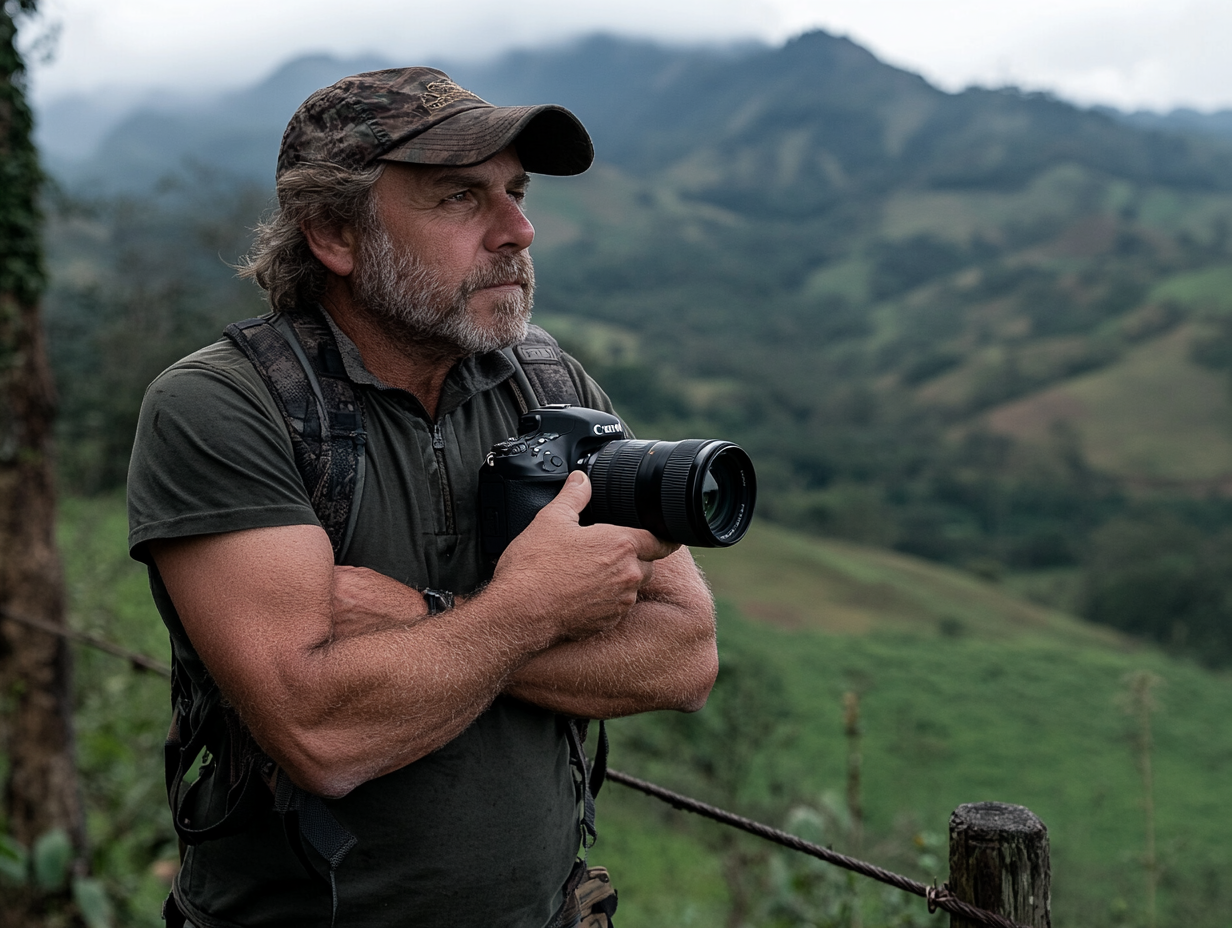
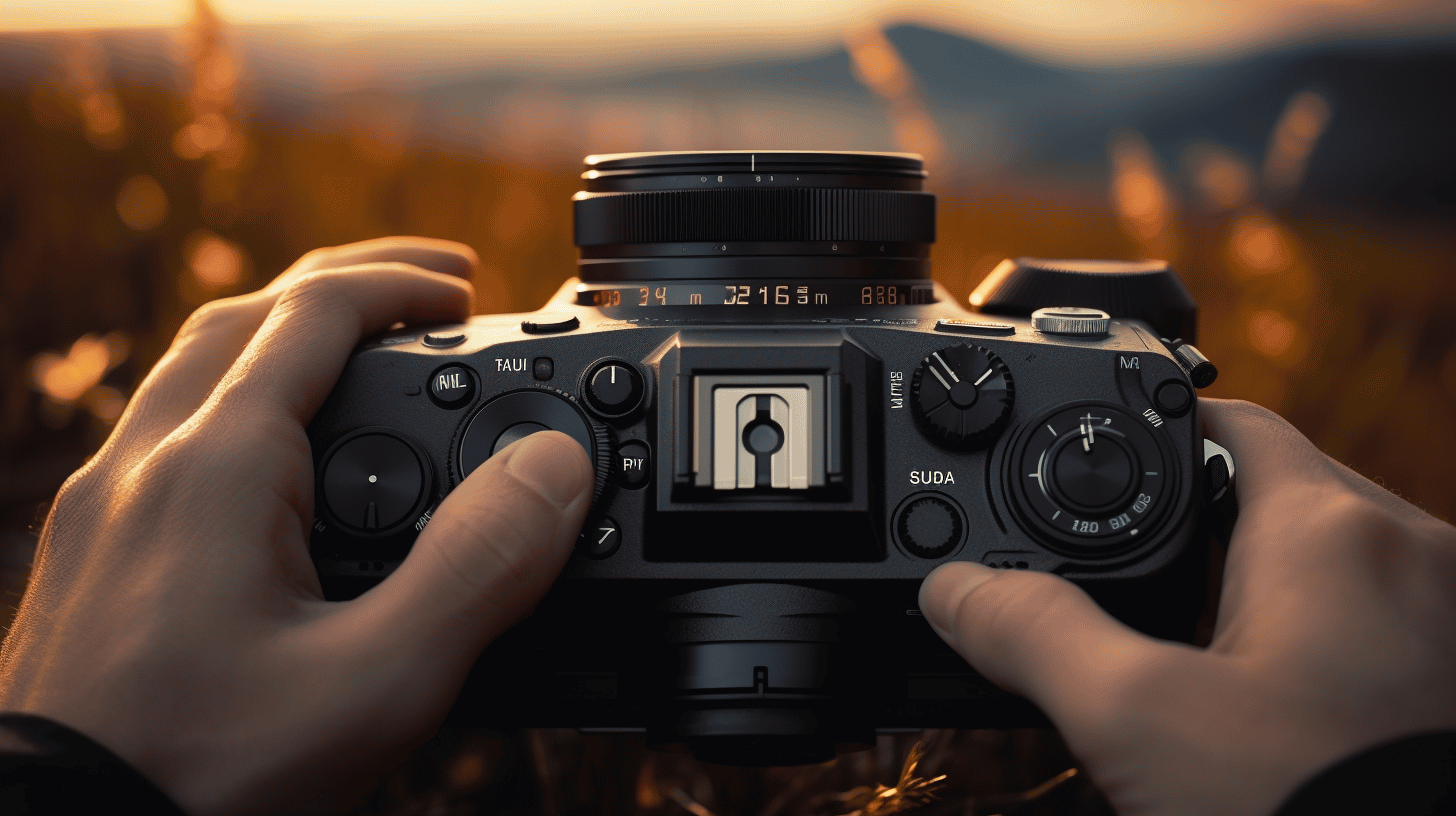
Great review and great pictures. One thing I noticed about this camera is that, although the ISO performance is a bit better, it’s still very disappointing to see. It’s a $1200 camera and it still takes ISO 3200 pictures that are not worth $1200. I expected much better high ISO performance, and although this is better, it’s still not at all what I expected. And the same thing goes with the original and even the A99. They are both amazing cameras (except for a couple quirks), but the high (or even relatively high) ISO is awful. I rely on high ISO for the concerts I shoot at, and my pictures end up being alright, but the ISO performance lowers the quality and saddens me deeply. I really think that Sony should have worked on the ISO much more instead of trying to get 12fps and all that other stuff. All in my opinion…
Again, nice review.
Hi James, thanks for your comment. There are many things I absolutely love about the Sony A77II, but the Auto-ISO should be configurable in Auto mode. I think ISO was 1600.
I think ISO was 1600.
ISO 3200 is pushing it for even a full frame sensor though. A faster lens does help with shooting at lower ISO, but I’m figuring that you’d need a telezoom for your kind of photography, and spending 2000$ on a SAL-70200G is not an option for many of us.
This is where a micro-four-thirds (or even smaller) camera does come in handy. Since less glass is needed to cover the sensor surface area, they are cheaper to make. And although an F2.8 MFT won’t give the same results in terms of depth-of-field compared to an APC or FF, the light gathering capabilities are the same. Check this picture I took of a musician with only the street lights with the Olympus E-PL5 (400$) and a Leica DG Summilux 25mm f/1.4 (600$ lens)
That actually doesn’t look too bad.
And you are right in that glass is the best solution, but even a $1400 Tamron 70-200 is expensive for a 16 year old kid. And I am also not saying that the other solution would be to switch to a Nikon or Canon (I’d switch to the latter either way) FULL FRAME camera, no. I am merely saying that instead of focusing on a faster burst rate, and other random, unimportant (to me) features, Sony should focus on making their images exceptionally amazing at high ISOs (better than the 5D and other cameras, and look even better to consumers).
And I have no intention of degrading your statements, but would just like to compare Sony to Canon for a second. Looking at even a 5D Mark II to a Sony A99, ISO 3200 is a tiny bit better than the Sony. However, going onto the newest, the 5D Mark III, high ISO images are awesomely better. This website (http://www.imaging-resource.com/PRODS/sony-a99/sony-a99IMAGE.HTM) shows how 3200 on the Mark III is significantly more sharp, detailed, and less noisy than the A99. I would totally use that image, compared to the A99, which would depend on the situation, but I would probably not keep it if I didn’t have to. Other companies just make better high ISO cameras. Very annoying for someone who 1) needs it, and 2) likes Sony and the things they offer.
I do get your point. And i think you’re not the only one hoping for better performance at higher ISO…
I agree. I do think it’s a popular topic that Sony users (obviously including myself) think should be touched upon by the company a bit more.
Hi James, honestly, I think Sony’s true innovation currently lies in the A7 range and the A6000. This business is all about sales driven by innovation, and the only reason they are still updating the bigger DSLR bodies is because a lot of users have A-mount lenses they want to use. Sure, you can buy adapters to use them on E-mount bodies, but you can’t fully take advantage of the AF capabilities that way.
I too was originally let down with high ISO until I noticed this little thing in the ISO settings (just before auto) Is AUTO ISO NR which will take 6 frames in low and 12 in high to clean things up rather nicely.
Selecting it and scrolling to the right will allow you to set your ISO and if you want Low or High NR. Honestly haven’t tried it in RAW (I shoot mostly jpg) so I’m not sure if it works in RAW.
Surprisingly enough, even on moving subjects it worked quite well. Using this little unknown feature I was able to get some pretty amazing results even at ISO 12,500. I wouldn’t use those to print a 30×40 but for up to an 8×10 would be fairly useable.
If you haven’t tried it yet, you might just change your mind..
Hi Mike, I’m an RAW shooter, so I never use this functionality. An option for Raw shooters would be to use DXO Optics Pro that has an excellent noise reduction called PRIME. This NR is individually tailored to your camera, in this case, the Sony A7M2.
You’ll never be able to extract the same amount of detail as at a lower ISO setting though.
You should be able to set upper and lower auto ISO limits. According to the Sony website: “ISO : Stills: ISO 100-25,600 selectable in 1/3 EV steps, Still Auto: ISO 100-25,600 selectable upper and lower limit”. Is this not the case?
Hi Bruce, no auto ISO in IAuto mode can’t be changed. It can however be changed in P,A,S and M, and that is what Sony is talking about.
“ISO goes up to 3200 in auto mode, and that you can’t change it (except manually changing it all the time, that kinda defeats the purpose). I honestly don’t know why they would do this, except to impress potential buyers with a speed demo. It should be set to a max of 1600 at most”
You can set the max ISO to 1600. My husband did this earlier this evening with his new A77ii. See here:
http://helpguide.sony.net/ilc/1410/v1/en/contents/TP0000386492.html
Hi Hope, thanks for your comment. Auto ISO can not be changed in Intelligent Auto (Auto Mode on your dial). The manual is referring to Auto ISO in P,A,S and M.
Usinf IAuto with a camera like that its like driving a Ferrari at 30km/h. Don’t complain if others scream at you
You mean with an ‘advanced amateur’ APS-C camera? You are a funny man.